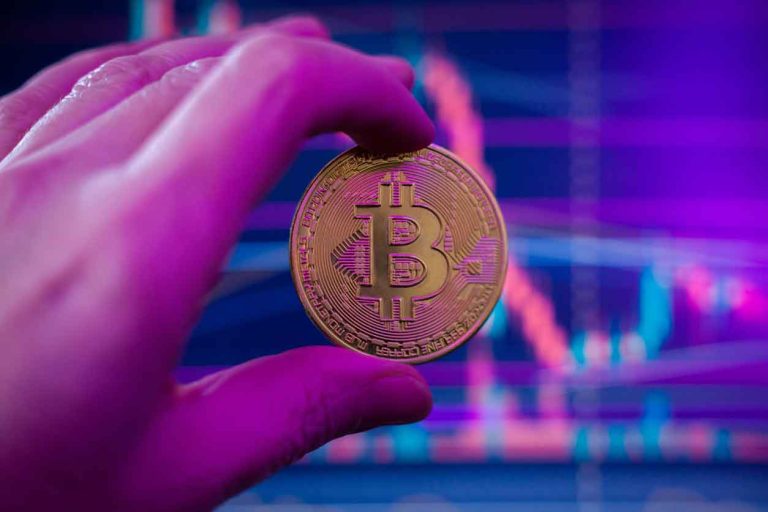what is the market cap of all cryptocurrencies
What is the market cap of all cryptocurrencies
Almost. We have a process that we use to verify assets. Once verified, we create a coin description page like this. The world of crypto now contains many coins and tokens that we feel unable to verify https://leovegas-au.org/. In those situations, our Dexscan product lists them automatically by taking on-chain data for newly created smart contracts. We do not cover every chain, but at the time of writing we track the top 70 crypto chains, which means that we list more than 97% of all tokens.
In January 2024 the SEC approved 11 exchange traded funds to invest in Bitcoin. There were already a number of Bitcoin ETFs available in other countries, but this change allowed them to be available to retail investors in the United States. This opens the way for a much wider range of investors to be able to add some exposure to cryptocurrency in their portfolios.
Coinlore Independent Cryptocurrency Research Platform: We offer a wide range of metrics including live prices, market cap, trading volumes, historical prices, yearly price history, charts, exchange information, buying guides, crypto wallets, ICO data, converter, news, and price predictions for both short and long-term periods. Coinlore aggregates data from multiple sources to ensure comprehensive coverage of all relevant information and events. Additionally, we provide APIs and widgets for developers and enterprise users.
Are all cryptocurrencies the same
Cryptocurrency transactions are better described as pseudonymous rather than anonymous. Pseudonymity means that while transactions are linked to addresses, these addresses are not inherently tied to personal identities. However, all associated transactions can be traced once an address is connected to an individual through exchanges requiring identification, IP address tracking, or other means.
Cryptocurrency is a multifaceted, evolving technology with the potential to transform industries. It’s neither a utopian solution nor a tool solely for illicit activities. Recognizing its complexities allows for a balanced perspective.
Cryptocurrency and blockchain technology represent a paradigm shift in how we perceive and interact with financial systems, data management, and digital assets. This exploration reveals that many commonly held beliefs about cryptocurrency are misconceptions. Understanding the realities—such as the pseudonymous nature of transactions, the diversity among cryptocurrencies, the evolving regulatory environment, and the potential as an alternative to traditional banking—enables individuals and businesses to engage with the crypto ecosystem more effectively.As with any emerging technology, education is crucial. By dispelling myths and providing factual insights, we can foster a more informed community that can harness the benefits of cryptocurrency while navigating its challenges responsibly.
Complete anonymity in cryptocurrency is challenging to achieve. Users must take extensive measures to enhance anonymity, such as avoiding regulated exchanges, using VPNs, and employing privacy coins. However, these steps often come with usability trade-offs and legal risks.
Before we proceed to the the nuances of various cryptocurrencies, let’s first establish a basic understanding of what they are. At their core, cryptocurrencies are digital or virtual currencies that utilize cryptography for security and operate on decentralized networks based on blockchain technology.
Digital currencies such as CBDCs have the support of the government and are subject to all the relevant financial regulations. Therefore, investors are likely to consider digital currencies as trusted financial instruments. Traditional frameworks backing the legality of digital currencies help people gain their trust.

What is the market cap of all cryptocurrencies
These crypto coins have their own blockchains which use proof of work mining or proof of stake in some form. They are listed with the largest coin by market capitalization first and then in descending order. To reorder the list, just click on one of the column headers, for example, 7d, and the list will be reordered to show the highest or lowest coins first.
The very first cryptocurrency was Bitcoin. Since it is open source, it is possible for other people to use the majority of the code, make a few changes and then launch their own separate currency. Many people have done exactly this. Some of these coins are very similar to Bitcoin, with just one or two amended features (such as Litecoin), while others are very different, with varying models of security, issuance and governance. However, they all share the same moniker — every coin issued after Bitcoin is considered to be an altcoin.
An altcoin is any cryptocurrency that is not Bitcoin. The word “altcoin” is short for “alternative coin”, and is commonly used by cryptocurrency investors and traders to refer to all coins other than Bitcoin. Thousands of altcoins have been created so far following Bitcoin’s launch in 2009.
Almost. We have a process that we use to verify assets. Once verified, we create a coin description page like this. The world of crypto now contains many coins and tokens that we feel unable to verify. In those situations, our Dexscan product lists them automatically by taking on-chain data for newly created smart contracts. We do not cover every chain, but at the time of writing we track the top 70 crypto chains, which means that we list more than 97% of all tokens.
With a blockchain, it’s possible for participants from across the world to verify and agree on the current state of the ledger. Blockchain was invented by Satoshi Nakamoto for the purposes of Bitcoin. Other developers have expanded upon Satoshi Nakamoto’s idea and created new types of blockchains – in fact, blockchains also have several uses outside of cryptocurrencies.
